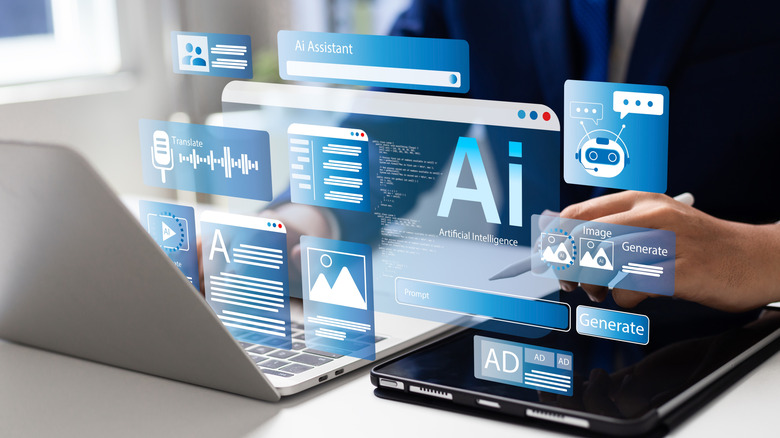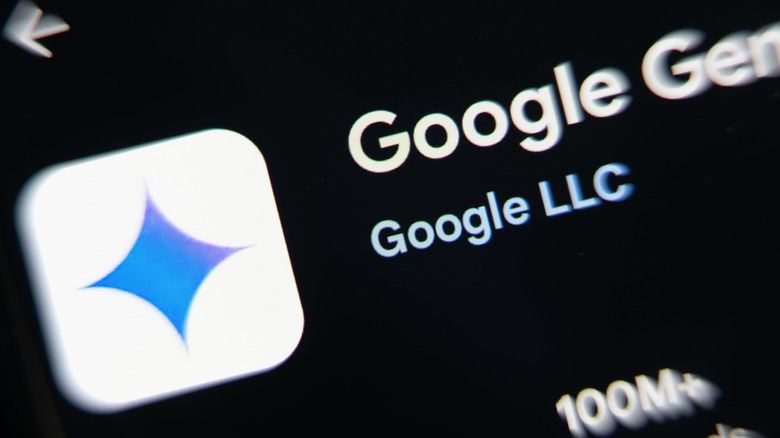Mysterious Nano-Banana AI Image Generator Goes Viral - Here Are 10 Wild Examples
Generative artificial intelligence enthusiasts are always on the lookout for brand-new AI models released for public testing ahead of their commercial launch, and in the past few weeks, they have discovered a mysterious "Nano-Banana" AI image generator that can create incredible results from text prompts. While it's unclear what company is behind Nano-Banana, some people think this is a Google model that the company is quietly testing in public before announcing the AI image-generation tool officially.
Since ChatGPT went viral in late 2022, we've witnessed a growing number of AI startups develop image and video generation tools. These generative AI products have seen massive upgrades this past year. ChatGPT received a built-in tool called GPT-4o image generation in the first half of the year and that model went viral almost immediately, with users creating convincing deepfakes and plenty of Studio Ghibli-style images. ChatGPT can also edit user-submitted photos in addition to generating images that look just like real photos.
Gemini gained similar image generation and editing powers, but Google's tool didn't witness a similar surge in user interest. On the other hand, Google's Veo 3 video generator saw plenty of excitement from users since Google released the model at I/O 2025. Products from lesser-known firms have also gone viral lately, like Higgsfield and its Soul AI image and video generation products.
Is Google behind Nano-Banana?
Google has not announced any updates for its image and video generation recently, but its Imagen 4 and Veo 3 products have already been turning heads this year. It's clear from Google's announcements in the past few years that using AI for generating and editing images and video is a key priority for the company.
🍌
— Logan Kilpatrick (@OfficialLoganK) August 19, 2025
Earlier this week, Google unveiled the Pixel 10 series, which will support new AI capabilities, including a Camera Coach tool where Gemini gives you tips on how to take better photos, and conversational language image editing support in Google Photos. The latter is particularly interesting, as it lets anyone edit their photos by using natural language to describe the changes they want the AI to make.
https://t.co/9Qtne8CWwI pic.twitter.com/ejPA82QCcT
— Naina Raisinghani (@nainar92) August 19, 2025
Could Nano-Banana be the work of Google's AI teams? According to CreativeBloq, some internet sleuths have found cryptic tweets from Googlers involved in AI development that indicate Nano-Banana is a Google product. Google AI Studio head Logan Kilpatrick posted a banana emoji on X and Google DeepMind manager Naina Raisinghani shared an image of a banana taped to a wall.
10 wild examples of Nano-Banana AI images
The only way to use Nano-Banana right now is to go to LMArena and choose to test two anonymous AI imaging models at the same time to see which one produces the best results. LMArena is a benchmarking site for AI, and a great way for companies to hide their frontier AI models from the public, while also allowing the public to test them. Nano-Banana might show up in those tests, and the growing list of incredible Nano-Banana samples that have been posted on X show what this mysterious AI image generator can do.
Nano-Banana seems to excel at performing the kind of image edits users ask for in prompts while maintaining the quality of the original photo. Nano-Banana is also very good at moving objects in a generated picture, whether it's a person or a product. As you'll see in the samples below, the AI can turn a person's head towards the viewer with incredible ease. It can also add and replace objects, like clothes and accessories, and it can replicate objects in the photos.
The resulting images also maintain lighting conditions and perspective. More importantly, the Nano-Banana creations look like real photos, as you'll see in the following examples that were shared on X.
Replicating real objects:
Nano banana is genuinely blowing my mind.
"Add a third bag of dog food in the cart the same as the other two"
It's disturbingly good. Photoshop might be cooked this decade forever. pic.twitter.com/vC8x0lSOmk
— Chris (@chatgpt21) August 19, 2025
Inserting faces in a photo:
🍌 Google's new image model, nano-banana, is the best I've seen.
It's the first one with good object persistence, notice how the beach wasn't altered at all and how well it followed the prompt. pic.twitter.com/x0h29HHDVG
— Mariano Pardo (@marian2js) August 20, 2025
Recreating ad styles:
More Tests with Nano Banana 🍌🔥
Prompt: "create a 4-panel montage showing sporting moments. use the style of the reference image"
More examples (and prompts) in the thread ... 👇 pic.twitter.com/hxvvapAwD8
— Marco (@ai_artworkgen) August 20, 2025
Creating a picture using distinct photos of people:
This nano banana model is absolutely insane...
"Take those two photos and make it look like they talking a selfie in a park" pic.twitter.com/6FrQJeEMQa
— Jon Hernandez (@JonhernandezIA) August 17, 2025
Turning a person's face towards the camera:
The results from Google's new image model "nano-banana" are truly amazing.
I simply asked it to create a photo of someone looking straight ahead.@OfficialLoganK pic.twitter.com/LWH1jM1Pki— CHOI (@arrakis_ai) August 14, 2025
Replacing objects in photos:
Now I'm testing Nano Banana with product replacement. even with product photos that have complex patterns nano banana can still match them perfectly. On average it only takes me 2–3 tries to get a solid result. Well played
base image : @letz_ai pic.twitter.com/UpEdhMOQkF
— DStudioproject (@D_studioproject) August 20, 2025
More object replacements:
before/after (nano-banana) https://t.co/Rkz0GdfpZO pic.twitter.com/db1wtTMqf6
— proper (@ProperPrompter) August 20, 2025
Replacing clothes:
Testing Out Nano Banana 🍌🔥
Pretty INSANE results
Look at this 👇 pic.twitter.com/nxf1Cqe7NR
— Marco (@ai_artworkgen) August 19, 2025
Creating b-roll images:
AMAZING RESULTS
Nano Banana was really surpassing my expectations here, and handled pretty much any prompt I threw at it!
Prompt:
"provide a 4-panel montage of b-roll footage of this subject, 16:9:1. standing outside (back to the camera)
2. getting into the driver seat of a... pic.twitter.com/nxMyU34wYG— Marco (@ai_artworkgen) August 21, 2025
Replacing brands in photos:
Product Tests with Nano Banana 🍌🔥
It feels like we are almost at the point now where we don't even need LoRAs anymore!
Nano Banana does an INSANE job in these examples.
Full breakdown (and prompts) in the thread ...👇 pic.twitter.com/nM0cUbI9yy
— Marco (@ai_artworkgen) August 20, 2025


